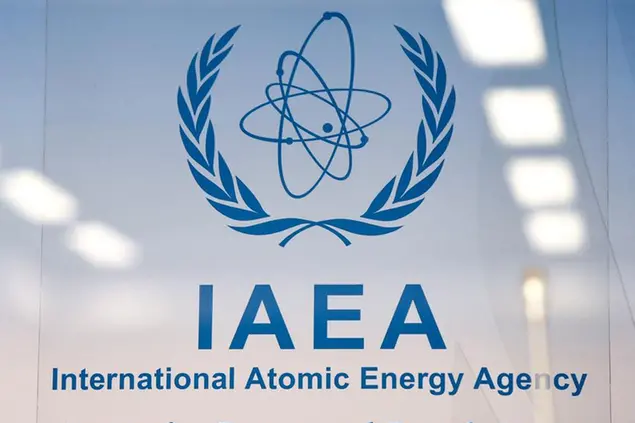PHOTO
The International Atomic Energy Agency (IAEA) has once again revised its annual projections for nuclear power expansion, marking the fourth consecutive year of upward adjustments.
According to the latest report, global nuclear capacity is now expected to increase by 2.5 times by 2050 in the agency's high case scenario, with small modular reactors (SMRs) playing a crucial role in this growth.
The updated projections were outlined in the IAEA's report, Energy, Electricity and Nuclear Power Estimates for the Period up to 2050, released on Monday. This revision aligns with the broader international push to accelerate the deployment of nuclear energy as a means of addressing climate change.
At the United Nations Climate Change Conference (COP28) in Dubai last year, nuclear power was included for the first time in the Global Stocktake, which emphasised the need to scale up low-emission technologies like nuclear energy to support deep decarbonisation efforts.
Speaking at the 68th IAEA General Conference in Vienna on Monday, IAEA Director General Rafael Mariano Grossi said the global momentum behind nuclear energy continues to build following the success of COP28 and the first-ever Nuclear Energy Summit in Brussels.
“The new IAEA projections reflect increasing acknowledgement of nuclear power as a clean and secure energy supply, as well as increasing interest in SMRs to target both electric and non-electric applications to meet climate goals and foster sustainable development,” he stated.
At the close of 2023, there were 413 operational nuclear power reactors worldwide, with a total capacity of 371.5 gigawatts (GW). In the high case scenario of the IAEA's latest outlook, this capacity is projected to surge to 950 GW by 2050 or slightly more than 2.5 times what it was in 2023.
Even in the low case scenario, nuclear capacity is expected to grow by 40 percent, reaching 514 GW. SMRs are forecast to contribute significantly to this growth, accounting for roughly one-quarter of the added capacity in the high case and 6 percent in the low case scenario.
The report takes into account all operational reactors, potential lifetime extensions, planned shutdowns, and anticipated construction projects. Around 30 countries are either exploring or advancing plans to incorporate nuclear power into their energy strategies, while other nations are extending the lifespans of their existing nuclear plants. The report underscores that extending the operational lifetimes of nuclear reactors is among the most cost-effective solutions for low-emission electricity.
The IAEA’s revised projections come on the heels of the Nuclear Energy Summit, co-organized by the IAEA and Belgium earlier this year, where stakeholders identified several critical factors for the long-term success of nuclear energy. These include improving access to financing, enhancing energy market frameworks, developing a skilled workforce, and providing stronger support to newcomer countries.
The IAEA report emphasises that achieving the high case scenario for nuclear power will depend on enabling conditions such as supportive national policies, investment in infrastructure, demonstration projects for new reactors, grid upgrades, supply chain optimisation, workforce development, and international regulatory collaboration—especially for SMRs.
(Editing by Anoop Menon) (anoop.menon@lseg.com)
Subscribe to our Projects' PULSE newsletter that brings you trustworthy news, updates and insights on project activities, developments, and partnerships across sectors in the Middle East and Africa.
